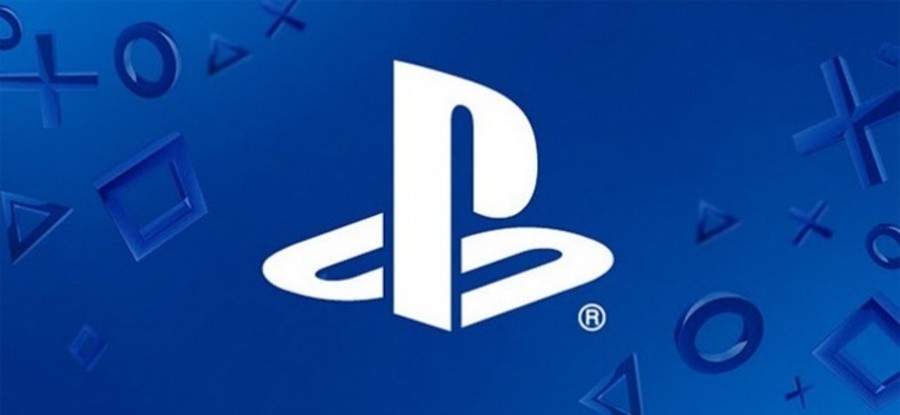
It was a ruse that served as the catalyst for arguably the most important year in Sony Computer Entertainment’s history. Stung by colossal financial losses, wider corporate struggles, and a strengthening competitor, the platform holder always had to make the announcement of the PlayStation 4 count – and it started by suggesting that Microsoft should move first. “Why go first when your competitors can look at your specifications and come up with something better?" a bullish Kaz Hirai told British newspaper The Times on 21st January, leaving the entire industry to assume that the Japanese giant would be late to the next generation party yet again. Exactly ten days later, the firm promised to show a glimpse of the future.
PlayStation Meetings are only ever called when Sony has new hardware to announce, and it was that title attached to its 20th February media gathering in New York City that indirectly confirmed the firm’s freshest format. We’d heard rumours prior, of course, with sources speaking of a mythical machine named Orbis. Specifications that leaked out of a Dutch website in June 2012 said that the system would boast 2GB RAM, but that developers were asking for 4GB. System architect Mark Cerny – who would go on to become one of the key figures in the platform holder’s pre-release promotional push – ultimately gave studios 8GB RAM, and the speedy GDDR5 specification to boot.

We’d heard other false rumours, too. At the start of January, a slew of unearthed patents suggested that the PlayStation maker was working on a solution to put an end to used games. The technology – originally filed the year prior – suggested that future software could be tracked by an invisible tag, preventing titles to be played on multiple machines. Sony Worldwide Studios president Shuhei Yoshida later mentioned that the firm had never intended to act upon this patent, but the mere appearance of the documentation launched a consumer-driven conversation that would go on to underline the success of the PS4 – even though many at the time anticipated the worst.
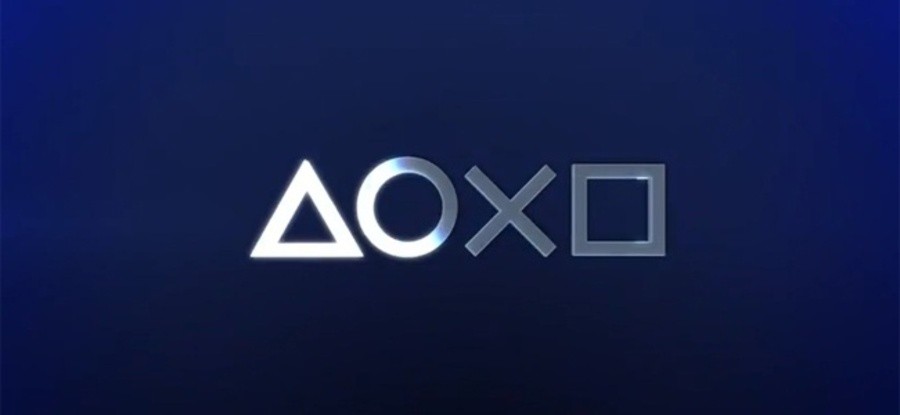
During the three week period counting down to its PlayStation Meeting, the firm managed to whip fans and the media into an uncontrollable frenzy, without ever really revealing what it had in store. With a back catalogue to build on, it started showing archive footage from the PSone and PS2’s launches, giving long-term followers something to look back on. This would become a trend throughout the year, as the company leveraged its iconic status in an effort to coerce enthusiasts into championing the brand. It worked, with trending topics such as #PlayStationMemories going viral on social networking websites, and even prompting front page editorials from mainstream media outlets such as the BBC. By the time that its press conference arrived, the whole world was watching.
And for many, the company delivered. The arrogance of former executives such as Ken Kutaragi was nowhere to be seen, as new group president Andrew House and the aforementioned Mark Cerny introduced a developer-friendly format, designed with accessible tools in mind. As with any new platform, the company had a couple of gimmicks to show – the DualShock 4’s touchpad and speculated Share button taking centre stage – but the vision was simple and effective: to recapture the spirit of the PSone days. Its quest for variety was acknowledged by the titles that it opted to spotlight on stage – Guerrilla Games’ bombastic Killzone: Shadow Fall was contrasted by Jonathan Blow’s indie puzzle game The Witness, while Quantic Dream’s realistic old man was followed by Media Molecule’s zany puppet show. All this, it claimed, could be facilitated by its newest device’s old-school architecture.
Its full ambitions in the indie space wouldn’t become clear until a little later in the year, when announcements for its console from across the entire development space started to gather incredible pace. Before that, though, the manufacturer was forced to face a grilling in the mainstream media, as many complained that it hadn’t actually shown the chassis of its latest system. Sony countered that its event was all about the vision, and that the box really didn’t matter all that much at all. It was a pertinent point that was proven later in the year at E3, when the conversation coming out of the convention was not the shape of its box, but the price of the platform and its usability advantages over the newly announced Xbox One.
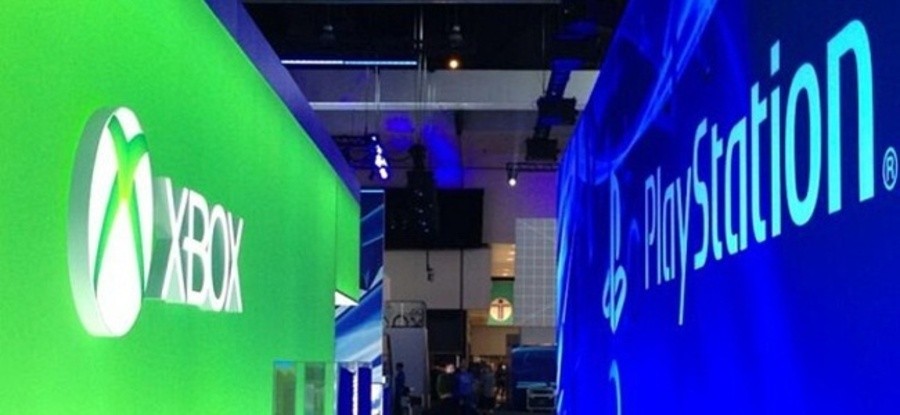
Indeed, the battle between Microsoft and Sony came to head at the Los Angeles show. Having waited until late May to even acknowledge its own next generation system, the Redmond-based company was already on the back foot. However, its initial unveiling couldn’t have been more poorly received, as it opted to irritate its loyal fanbase by focusing on media functions rather than games. A stronger lineup of software preceded the Japanese giant’s press conference, but a high price point, an objectionable stance on used games, and a pervasive online structure frustrated its followers. The media suggested that the PlayStation maker was poised to plot the same path, but an enormous Twitter backlash – fronted by the NeoGAF forums – brought encouraging comments from various high-ranking PlayStation executives.
And likeable SCEA president Jack Tretton had the honour of clearing up the confusion to rapturous applauds. With little more than Ready at Dawn’s historical third-person shooter The Order: 1886 and a technology demo from Quantic Dream to show, the pace of the platform holder’s media briefing struggled to match the scattershot format of Microsoft’s more condensed event. However, the confirmation that the PS4 would never require an online connection, alongside the clarification that it would fully support used games prompted one of the most memorable moments in E3 press conference history. There was a full sixty second pause as the aforementioned executive stood on stage and soaked up the audience’s appreciation, and then Andrew House got to do it all over again as he confirmed that the manufacturer’s next generation console would retail for $399.99 in North America, a significantly cheaper figure than the PS3 – and, perhaps crucially, $100 less than the sum that its closest competitor had attached to the Xbox One hours earlier.
At that point, the rest of the event didn’t really matter. Media outlets across the globe – both specialist and independent – declared Sony’s system the winner of the show, and pre-order numbers and consumer polls swung heavily in the Japanese giant’s favour. Many consumers had been waiting to see both manufacturers’ stories before pledging to either platform, but the PlayStation maker garnered an almost instantaneous lead. So strong was the response that it prompted the platform holder to raise its internal estimates, and there were promptly rumours that demand would significantly outstrip supply. Speaking in an interview at the show, Tretton noted that North American giant GameStop had pledged to purchase every single next generation system that the firm could manufacture – a comment which it incredibly confirmed later on.
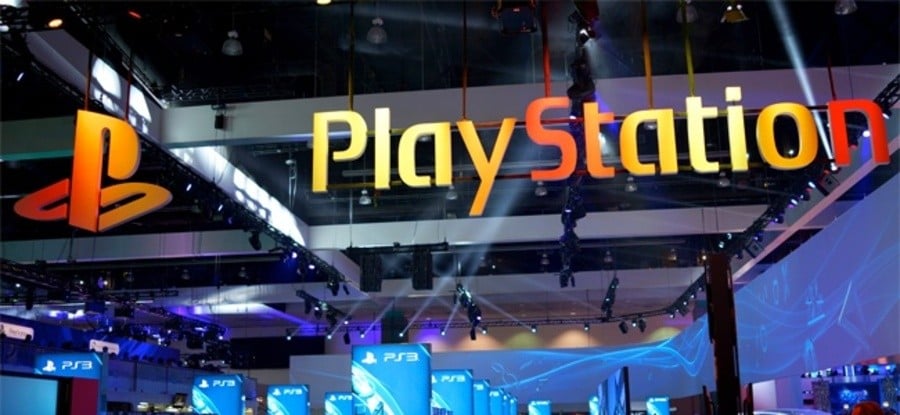
With consumers and the media on its side, behind-the-scenes murmurs suggested that the company was having a much easier time constructing its console, too. While pre-orders for the Xbox One struggled, Sony encouraged retailers to open the floodgates, with system allocations far outstripping its rival. The early data must have spooked Microsoft, because within days of E3 ending, the company reversed its DRM restrictions. Creatively dubbed the Xbox One-Eighty, the company clumsily backtracked on all of the policies that it had defended during the global media event, stating that you would be able to play used games on the device, and that you wouldn’t need to take the system online. It levelled the playing field somewhat, but with the damage already done, this is a change that the Redmond-based organisation is still trying to communicate to consumers.
It was the first of two major reversals, the second arriving around a month later. While the message had been clouded by the elation of the PS4’s price and used game policies, the company made its intent in the indie space clear. In addition to inviting blockbusters such as Assassin’s Creed IV: Black Flag and Watch Dogs onto its stage, it also pointed a spotlight on wacky endeavours such as Octodad: Dadliest Catch and Don’t Starve. An inviting architecture coupled with approachable executives put PlayStation at the forefront of the indie space, and with Microsoft essentially ruling out self-publishing on the Xbox One, it was falling even further behind in terms of industry word-of-mouth.
The operating system giant changed that policy a little later on, ambiguously outlining plans to turn all consoles into development kits. “We’ll have more details on the program and the timeline at GamesCom in August,” said corporate vice president Marc Whitten in July, but in truth we’re still waiting for concrete plans. Still riding high on a wave of consumer confidence, Sony opted to employ the German convention to outline its lead in the indie space. While its competitor communicated iffy promises, the platform holder divulged details on an enormous roster of games, ranging from Resogun right through to Hotline Miami 2. The company was criticised for not playing many major first-party cards – Rime, Shadow of the Beast, and Everybody’s Gone to the Rapture were well received reveals, but not the megatons that some had hoped for – yet the confirmation from Worldwide Studios vice president Michael Denny that Naughty Dog, Sony Santa Monica, and Media Molecule were all working on next generation games was enough to put some at ease.
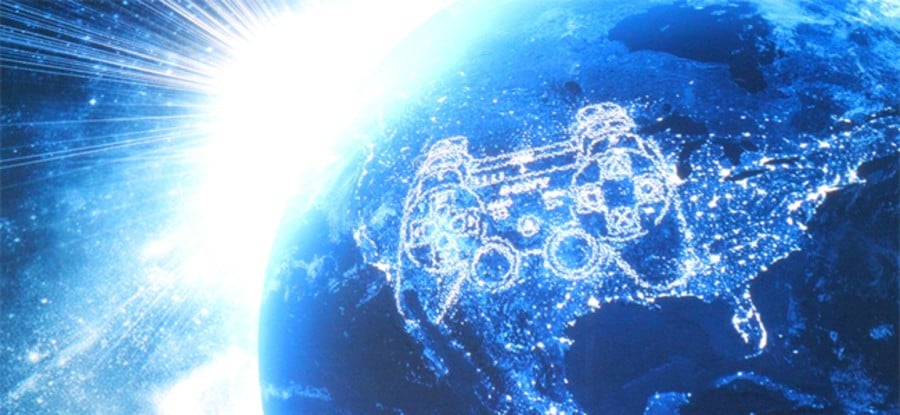
And then there was the release date. Despite holding its press event earlier in the day, Microsoft decided not to date its system – perhaps in fear of getting trumped by Sony yet again. While rumours had indicated that the Japanese giant might drop its device in late October, it plumped up for a 15th November launch in North America and 29th November release in Europe. It also confirmed that it would be deploying in 32 Western territories, while its closest competitor was forced to downscale to just 13. We eventually received an Xbox One release date a little later, with 22nd November placing it slap bang in the centre of the PS4’s launch plans – and giving the Japanese giant the first look at the all-important North American market.
Inevitably, there were some setbacks along the way. With its focus very much on the battle against Microsoft’s machine, the platform holder confirmed that its native Japan wouldn’t receive the next generation console until 22nd February. While it didn’t explicitly cite supply constraints, it pointed out that the right software simply wouldn’t be ready in time for a home launch. Heavy hitters such as Yakuza Ishin were confirmed for a day one release, and Japan Studio’s own Knack was added into launch day editions as a sweetener in order to make up for the delay. Other issues included setbacks to Watch Dogs and DriveClub – the latter of which had been pledged as a day-one PlayStation Plus download. Furthermore, the confirmation of a sizeable day-one patch, inexplicably absent media functions, and the artificial emphasis of its Music Unlimited subscription further soured consumers prior to launch.
And yet even with those largely unresolved, the platform holder is still sauntering into the next generation on the back of a chorus of goodwill. Microsoft may have tightened the gap since its disastrous unveiling, but the PS4 very much remains ahead in both opinion polls and best sellers lists. Ever since the start of the year – and Kaz Hirai’s clever quote – the Japanese giant has kept itself at the front of the next generation race. It may have followed its competitors for large chunks of the PS3 era, but smart planning, intelligent executives, and a genuinely compelling product have enabled the platform holder to dictate the pace of its latest device’s route to market. The company’s clever enough to know that this is just the start of an ongoing battle against a couple of cunning competitors, though, and it will need to continue to work hard to maintain its head start. However, if there’s one thing that the past ten or so months have taught us, it’s that the firm’s no longer afraid to roll up its sleeves and work for its lead.
How do you think that Sony has fared over the months leading up to the PS4's release? Are you ecstatic now that greatness is finally around the corner? Look back on an incredible year in the comments section below.





Comments 9
http://assets0.ordienetworks.com/images/GifGuide/clapping/citizen_cane.gif
sniff So beautiful...
Its been one of the best years for Playstation for a long time.
@MadchesterManc Agreed
"Wow." - Gordon Ramsey
"Gandalf, my old friend,... this will be a night to remember." - Bilbo Baggins
Really good article about a really good brand! And Metric is cool, too.
"I have returned." - Protoss Dragoon : )
My 2 favorite moments: when someone posted on Wikipedia that Jack Tretton was wanted for the murder of Microsoft immediately following his E3 announcement. And when they posted the "how to share games on PS4 video" on YouTube.
Guess who's back back agian, Sony's back tell a friend, RuleStation4.
I feel like the PS4 will dominate heavily in part because Nintendo and Microsoft screwed up badly on the home console front.
PS4's biggest flaw is the new yearly fee for multiplayer (which the 360 had already). Other than that it's just an upgraded PS3 that's better than the Xbone hardware wise, and cheaper.
Xbone was built with heavy DRM in mind and spies on you. Microsoft had as much understanding of its customers as when it made Windows 8 tablet based but not satisfied there they intentionally removed mouse friendly features and every time you try to do something it tries to direct you to a tablet function. Windows 8 could have easily done both as 3rd party programs allow you to do to an extent, but they just decided they didn't want to for some reason and wanted to try to force everyone to adapt tablet controls. Giving customers options "bad"? Or maybe they thought they had such an iron grip on their user base they could screw them over and they would just take it with a smile.
The Wii U faults on simply inferior hardware to keep up with the the PS4 or the Xbone as well as a lack hardcore fan targeted software which resulted in lack of customer or developer support. Supposed console sellers like Bayonetta 2 or Smash STILL have no release date. Nintendo has regressed to desperetely advertising the Wii U to the casual market which made them a fortune off of the Wii, but the casual market has moved on to smartphones and tablets and they aren't coming back to consoles. This is without mentioning Nintendo's continued instance of hindering customers by intentionally not having an account system to try to hinder piracy.
Sony has done a fantastic job so far with the PS4.
The only conversation that PS4 is potentially losing at the moment is around games as the XBO has a few more bigger name retail games to tote around and the average game reviews haven't helped. Rightly or wrongly many people seem to underplay FTP games which is where a lot of Sony best content is currently. MS is directly pushing the "we've got the games" bandwagon with some success.
Sony has been tight lipped about many games and studios, but now is the time to reveal what's happening. It is not enough for them to say there won't be a game drought, we need the games and release dates.
Leave A Comment
Hold on there, you need to login to post a comment...